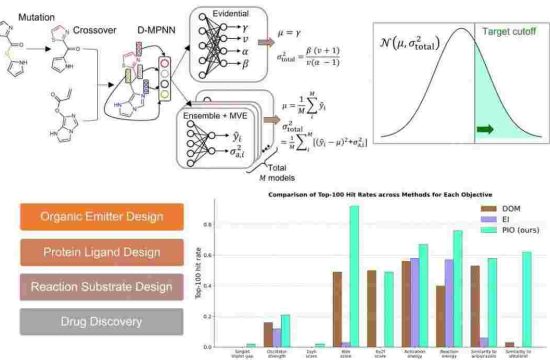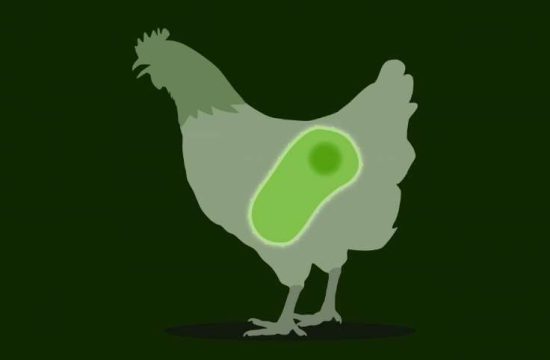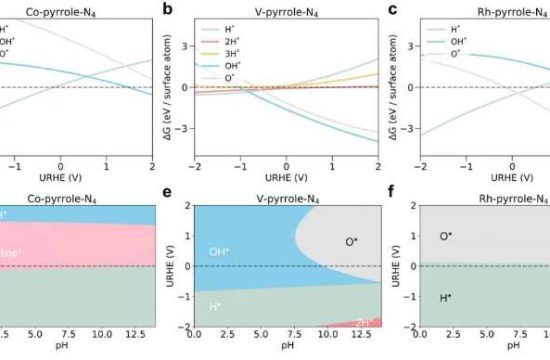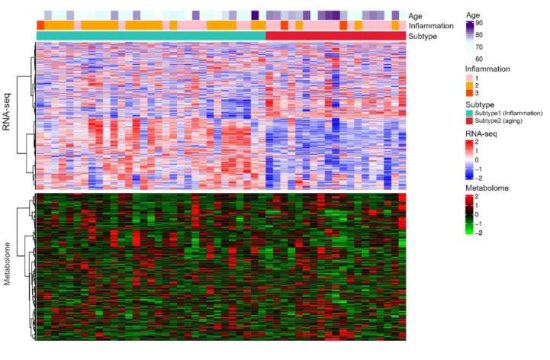
Asia Research News
Researchers at Japan’s Institute of Transformative Bio-Molecules (ITbM) of Nagoya University, the Netherlands’ University of Groningen, and colleagues have found a new way to regulate the biological clocks of cells.
Further studies on their approach, published in the Journal of the American Chemical Society, could lead to treatments for a variety of conditions, including sleep disorder.
“We provide a new approach to precisely control the function of the circadian clock using light,” explains ITbM biochemist Tsuyoshi Hirota, who led the research with University of Groningen chemist Ben Feringa, “The circadian clock controls the daily rhythms of our physiology. Its dysfunction is related to many diseases, such as sleep disorder, metabolic diseases and cancer. A new way to control the circadian clock could reveal molecular clock mechanisms and form the basis of therapeutics for circadian-clock-related diseases.”
The researchers’ approach involved controlling a molecule called longdaysin, which they found regulates cellular circadian clocks. Longdaysin binds to an enzyme called CKI, inhibiting its activity and lengthening the time for the biological clock to go through one sleep-wake cycle.
To control this process, the team incorporated a chemical “cage” into longdaysin that responds to light, called a photo-removable protecting group (PPG). Under dark conditions, PPG prevented longdaysin from binding with CKI. When the compound was exposed to UV or purple light, the PPG released longdaysin, enabling it to bind to and inhibit CKI. The process was successful in human cells, mouse tissue, and in zebrafish larvae.
This level of control of longdaysin activity with light could lead to the development of therapeutics to adjust the clock period of people with a condition called familial advanced sleep phase. Genetic mutations related to CKI lead to the condition, causing a person to get abnormally sleepy very early in the evening, and so goes to sleep early, and awakes and is energetic very early in the morning.
The researchers say their study could also help further investigations into circadian organization in mammals, identifying the relationship between circadian clock disruption and disease development, and the search for therapeutics that use light-dependent regulation to treat circadian-clock-related diseases.
The team next plans to manipulate cellular circadian clocks within cell populations and investigate how circadian clocks in individual cells communicate with each other.








